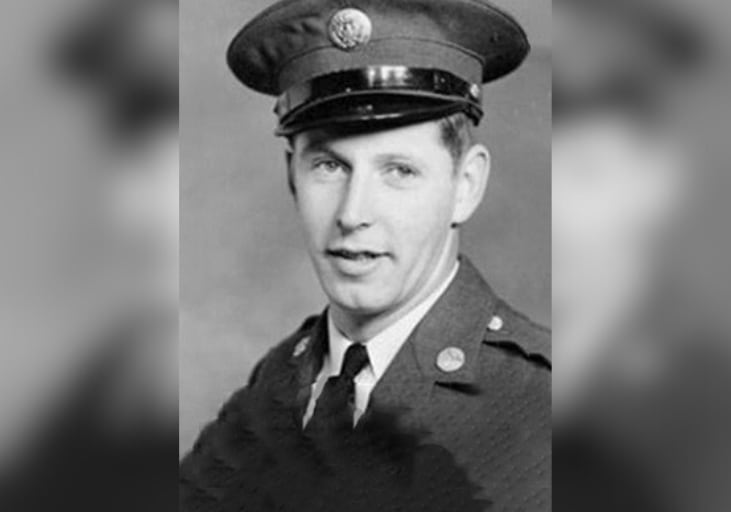Air Force researchers are developing a new aeromedical evacuation stretcher that can more efficiently and safely transport patients with brain and spinal injuries.
The stretcher aims to keep the patient stable and comfortable while cutting down on the amount of equipment needed while in transit.
Nearly 330,000 U.S. service members sustained head injuries in Iraq or Afghanistan, 82 percent of which were considered mild traumatic brain injuries, also called concussions.
The number of head injuries suffered by troops since 2001 -- due to blasts, blunt trauma and penetrating wounds -- has been so significant that TBI often is referred to as the "signature wound" of the wars in Iraq and Afghanistan.
In addition to being rigid, the one-piece stretcher can absorb shock and vibration during travel, and it features a specialized mattress pad that will help the patient avoid developing bed sores.
The stretcher also is designed to be compatible with both air and ground transportation. The same stretcher that's used on a C-17 can also be used in the back of an ambulance so the patient doesn't need to be transferred between stretchers.
Lt. Col. Dwayne Rolniak, the Aeromedical Test Lab lead, said if it fits in one, they want to make sure it fits in all vehicles and aircraft.
"We make sure it can shut the door, and we put these litters next to each other and make sure they do fit," he said.
Rolniak said the litters go through testing to ensure they can withstand the vibrations and movements that a normal Humvee or aircraft would experience.
"We put it on a vibration table to make sure it doesn't fall apart or collapse on itself," he said.
The tests also determine whether the litter can stay secure if there's a sudden decrease in pressure or the aircraft hits an air pocket, Rolniak said.
Rolniak said how quickly the stretcher will be available to troops is up to the manufacturers, once all parties are satisfied with the results of the testing.
The goal is to have the new stretcher available across all services, Schlenker said.
Charlsy Panzino covers the Guard and Reserve, training, technology, operations and features for Army Times and Air Force Times. Email her at cpanzino@militarytimes.com.
Charlsy is a Reporter and Engagement Manager for Military Times. Email her at cpanzino@militarytimes.com.





